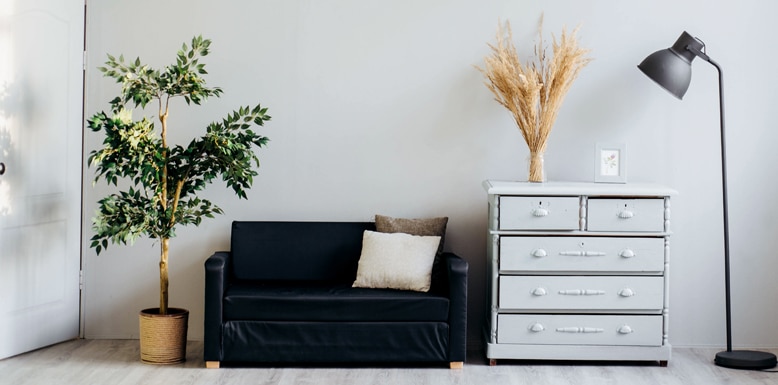Moving house is not an easy task. It can be exhausting for you and your family. Some thought also needs to be given to the plants living in your home as they can be heavily affected by a move. They will suddenly be moved into a new environment that could be very different to the one they have become accustomed to.
Moving House Plants
House plants are fragile. They need light, water and daily care. This care may not necessarily mean watering; it may simply mean keeping an eye out for bugs and diseases. When you decide to move to your new residence, you must take many factors into consideration when moving your plants. Things to consider when you move are the weather in the new place, the amount of light you will have and how you will transport your plants. Moving plants in the summer should be avoided, for example. Depending on the type of house plants you have, spring and autumn are often the best times to relocate plants.
Moving house plants across state lines and/or country borders
There are regulations to consider, similar to when moving house with a dog, so check the ones specific to your new state or country. Most are in place to prevent the spread of diseases and pests. Some may forbid certain plants whilst others may require a certificate of inspection.
Another crucial element to consider is the weather where you will be moving to You may be moving from hot to cold, humid to dry or vice versa. Your house plants may not thrive in the new conditions. Check what environments your house plants can and cannot live in.
Once you have done your research and are sure your plants will be okay, it’s time to figure out how to transport them. Moving house plants long distances means taking into consideration the type of plant you have and the type of transportation you will need. If your plants don’t do well in dark, humid environments, don’t keep them in the trunk of your car or in a sealed-off van. They may need an open air truck. There are some house plants that don’t do well in direct sunlight. With these kinds of plants, you don’t want them exposed to direct sunlight while moving. In fact, when moving your plants, it’s best to move them when skies are overcast, early in the morning or late in the evening.
Moving house plants across country lines can be quite stressful. Besides the usual limitations of country regulations and weather, you have to now research various shipping methods for your plants.
In order to ship your plants, you will need to prepare them, pack them and then ship them. Extreme care must be taken at all stages.
- Prepare your plants: Repot your plants into plastic containers a month before you move. Use fresh, sterile soil. Next, make sure your plants have no bugs. You can do this by attaching a flea collar at the base of your plants to draw the bugs away from the plant. Next to the container, make sure your country or state regulation certificate is inside. Three days before moving, water your plants. Make sure the soil is moist.
- Packing your plants: Place a plastic bag over your potted plants and tie the bag at the base of the pot. Make sure to poke holes in the plastic bag for air. Put the potted plant in a box, and surround the pot with newspapers or papers so that the pot is secure. Label the box with “Fragile” and “Live Plant.”
- Transporting your plants: If you abide by airline and country regulations sometimes you can bring your house plant on the plane. Check your airline’s carry-on size limits as well as their rules and the destination country rules about house plants. If you have to ship your plants, select the fastest service possible. Ship plants over the weekdays to ensure quick arrival times; avoid shipping them during the holidays. Keep in mind that your plants may fall on their side during transport so secure them very well when packaging them.
Once You’ve Arrived
Your house plants may go into shock and wilt once you’ve moved. Tender care is crucial now. Give your plants plenty of water and cut off any dying branches or leaves. Your plants will need a few weeks to become accustomed to their new home so check them daily to see how they are faring.
When decorating your new home, keep them in locations similar to ones they were in before. This will help them acclimate faster.
